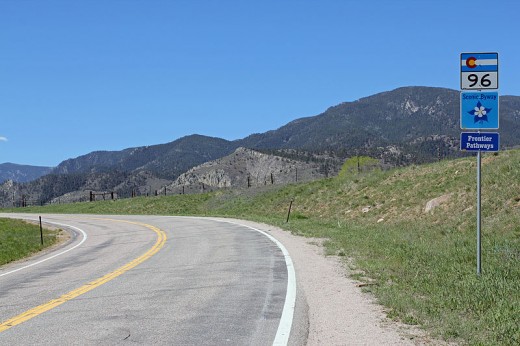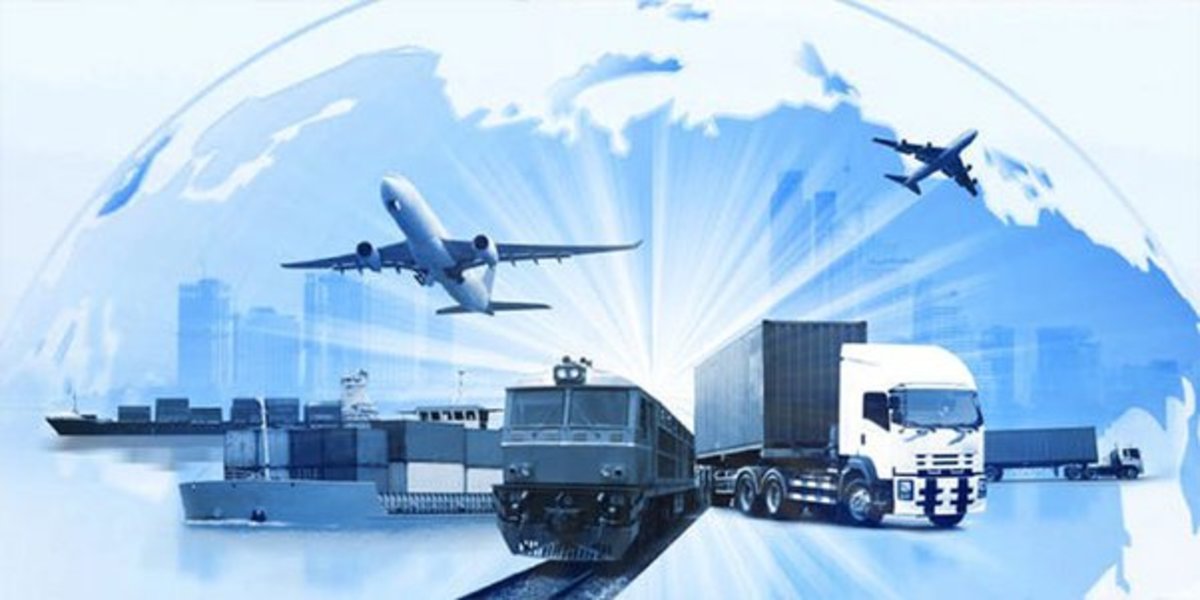About the U.S. Transportation Department
Travel on U.S. Roadways

The Department of Transportation
It took 92 years for an agency to be established that would provide efficient and safe modes of travel within the United States. There are many agencies that are part of the United States Federal government. It was during the presidency of Lyndon Johnson that the Department of Transportation was created in 1966. Its first day was April 1, 1967. It became the 4th largest cabinet level department in the government. The vast transportation system and infrastructure that make up the U.S. are overseen by The Department of Transportation. (DOT) It is the responsibility of this agency to maintain, develop, and support our road, rail, sea and air systems.
What is the Department of Transportation Responsible For?
State and local governments are key to building new roads and managing the public railroad and bust transit system. The DOT is responsible for implementing and enforcing federal regulations for these modes of travel and helps fund lower levels of government for many projects involving these types of projects. The DOT is directly involved in regulating commercial airlines and airports.
Their purpose is to help promote the airline industry and make sure passengers have a safe mode of air transportation. The DOT runs the FAA (the Federal Aviation Administration) , the Bureau of Public Roads, the Coast Guard, and the Panama Canal, among other agencies. In total over 30 agencies and 95,000 employees are part of this large government agency.
The FAA
In 1970, the National Highway Traffic Safety Administration was established as another agency under the DOT. The NHTSA handles design, maintenance, and construction of our national highway system, and oversees automobile and highway safety. In 1975, the National Transportation Safety Board became an independent federal agency. The NHTSA researches, creates protection initiatives to protect consumers , enforces manufacturers to comply with safety standards and fuel economy. From defects to crash tests, this agency analyzes accident statistics and the improves the safety of child seats, pedestrian protection, and teen driving.
The DOT is involved in reducing the number and severity of accidents with 18 wheeler trucks.
The FAA (Federal Aviation Administration) monitors the U.S. commercial airline industry. The FAA sets rules for running airports and the safety of American airline passengers. The air traffic control system is also under the auspices of the FAA.
The Federal Railroad Administration and Surface Transportation Board develps and enforces railway safety regulations, in addition to conducting research to improve railroad safety.
The Maritime Administration handles all waterway transportion in the U.S. This agency makes sure the ports, American ships, envronment, safety and national security are safe and protected.
Erasing Tapes from 9/11
This agency also looks to keep the environment protected and the public safe as hazardous materials are transported throughout the country as they are transported by air, land and sea. There are nearly on million daily shipments of hazardous materials, (including the transportation of petroleum) shipped each day. This agency also enforces the laws that govern the 2.3 million miles of pipelines that carry these materials.
The DOT is a big agency and has a less than perfect record. After the 9/11 hijacking and crash of US ailines they did not hand over documents readily until they were subpoenaed to do so. Six traffic controllers who were tracking or communicating with the hijacked planes were interviewed and tape recorded by an FAA manager. But the tapes were destroyed by another FAA manager.
Agencies that are Part of the DOT
The Department of Transportation consists of the Office of the Secretary and eleven separate administrations including:
- the Federal Aviation Administration
- the Federal Highway Administration
- the Federal Motor Carrier Safety Administration
- the Federal Railroad Administration
- the National Highway Traffic Safety Administration
- the Federal Transit Administration
- the Maritime Administration
- the Saint Lawrence Seaway Development Corporation
- the Research and Innovative Technologies Administration
- the Pipeline and Hazardous Materials Safety Administration
- the Surface Transportation Board.
The Department of Homeland Security on March 1, 2003, assumed management of the United States Coast Guard and the Transportation Security Administration, formerly part of the DOT.
Safety on the Roadway
The Dept of Transportation is very concerned about distracted driving. They believe the best way to help people pay more attention on the roads is through educating the public. Go to http://www.distraction.gov/content/dot-action/index.html to read the DOT “Blueprint for Ending Distracted Driving” .
Millions of Miles of Interconnected Systems
According to the federal government, The DOT oversees the freight system in the U.S., which “includes 985,000 miles of Federal-aid highways, 141,000 miles of railroads, 11,000 miles of inland waterways, and 1.6 million miles of pipelines connecting ports, airports, cities, manufacturing centers, farms, mines, and other economic activity. Approximately 200,000 miles of highways are designated for conventional combination vehicles, of which 26,000 miles are major freight corridors.” Reliable movement of freight is essential to the U.S. economy.
From exploring solutions to traffic jams and making the roads safer, to traveling by air, sea and land, the Department of Transportation is continuing to create more efficient and safer modes of travel within the vast systems that extends across our country.
Read More from ToKnowInfo
- Science and Psychology of Music and the Making of Wa...
Music, has for thousands of years, been a symbol of the culture, the psychology, and the beliefs of the people at that particular time. Rhythms and musical beats can be traced back to ancient times, when Pythagoras of Greece studied music. We know... - First Greek Analog Computer Used by Astronomers and ...
Those Greeks. They gave us democracy, the Olympics, great food and famous myths. Now they are giving us mysteries to solve. The Antikythera mechanism is a metal gear that was found among the wreckage of a sunken Roman ship about 100 years ago near... - Drivingness: Driver Safety and Cell Phone Laws
Using a hand held cell phone and driving is one of the most dangerous threats to driver safety. There are no national laws against cell phone use, and driving. Each state has specific laws that can be... - Drivingness: Distractions, Car Accidents, and Driv...
Talking on a cell phone and driver safety is a major distraction on the roads. Study after study has found that hand held cell phone use while driving is extremely dangerous. In one study done by University...


![Education - Solution 3 - Revamp How Education is Organized in America. [33]](https://usercontent2.hubstatic.com/4346237_f120.jpg)




